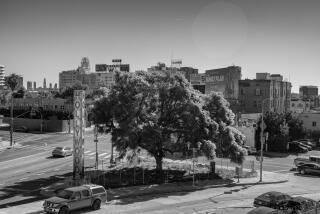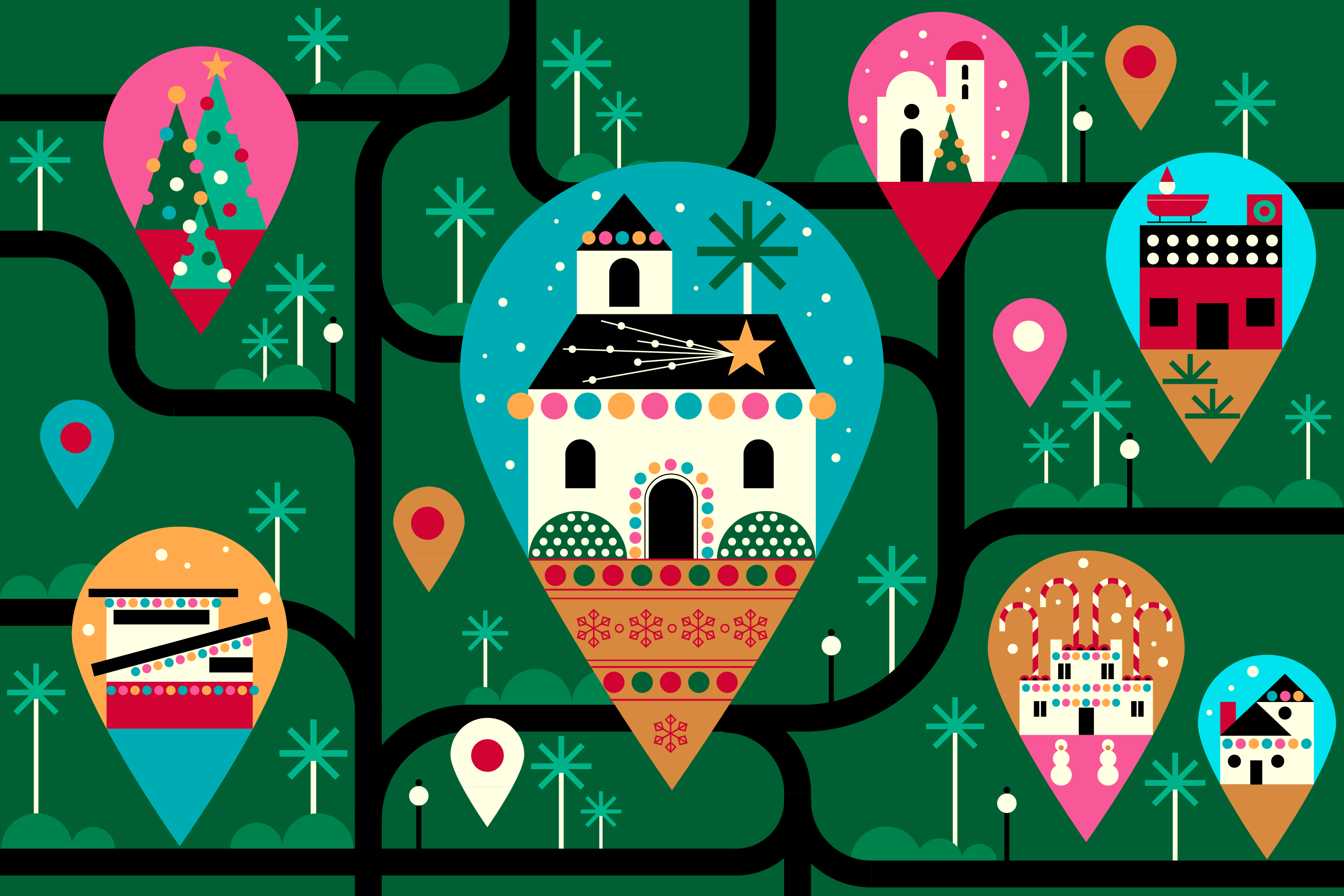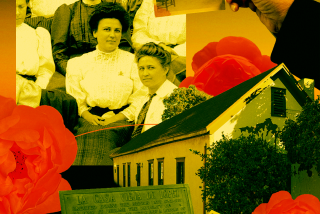Trees of a Feather
Believe it or not, there was a time when people made Christmas trees out of feathers.
The trees, made by dyeing goose feathers green and gluing them onto a stick tree, were popular during the last half of the 19th century and have recently come back into favor among some Christmas lore enthusiasts.
Through mid-January at the historic Plummer House on the grounds of the Leonis Adobe Museum in Calabasas, you can see an example of one of these unusual holiday decorations. It’s a seasonal feature of the regular guided tours provided by period-costumed, well-informed docents. The goal is to represent life in the Valley 100 years ago.
“We installed a feather tree because they were very common, very popular, in the 1870s when the Plummer House was built,” said museum director Phyllis Power.
The feather tree is on display in the Plummer House rather than the adjacent and more well-known Leonis Adobe because “in the period when the adobe was built in the mid-1800s, they [the Californios] didn’t make a big deal about Christmas.”
The Plummer House was built by a sea captain in the late 1800s in what is now West Hollywood and moved to the museum’s current grounds on the far western edge of the Valley in 1983. It represents California near the end of the 19th century, when the New England and northern European influence became stronger and Christmas trees were introduced.
“It took between 75 and 138 feathers, stripped and dyed, to make one of these feather trees,” Power said, pointing to the 6-foot reproduction. Originals dating from the last century go for $125 per foot; reproductions cost $120 per yard.
Visitors will be surprised by such prices because the trees, according to a recent article in Americana magazine, look “rather scrawny and woebegone, to the uninitiated anyway, [but] they have become popular again.” Close examination reveals how much intensive, even fanatical, labor is involved in making one. They last for years and some have survived more than a century.
The museum grounds also include the main adobe residence from the 1840s, plus an array of rancho-era buildings including a barn, bunkhouse, windmill, bathhouse and blacksmith shop.
When Miguel Leonis lived in the adobe from 1880 until his death in 1889, “He owned everything he could see from this home in the west Valley,” according to Power. He even ran a sort of private army, based at the site, to control his turf in the west San Fernando Valley and east Ventura County.
Today the site, despite being surrounded by freeways and subdivisions, still has livestock corrals with longhorn cattle, sheep, goats, horses, turkeys, ducks and roosters and is a favorite destination for schoolchildren.
BE THERE
Plummer House Museum features holiday season decorations Wednesday-Sunday, 1-4 p.m., through Jan. 17, at Leonis Adobe Museum, 23537 Calabasas Road, Calabasas; $2 adults and children; (818) 222-6511.
More to Read
Sign up for The Wild
We’ll help you find the best places to hike, bike and run, as well as the perfect silent spots for meditation and yoga.
You may occasionally receive promotional content from the Los Angeles Times.






